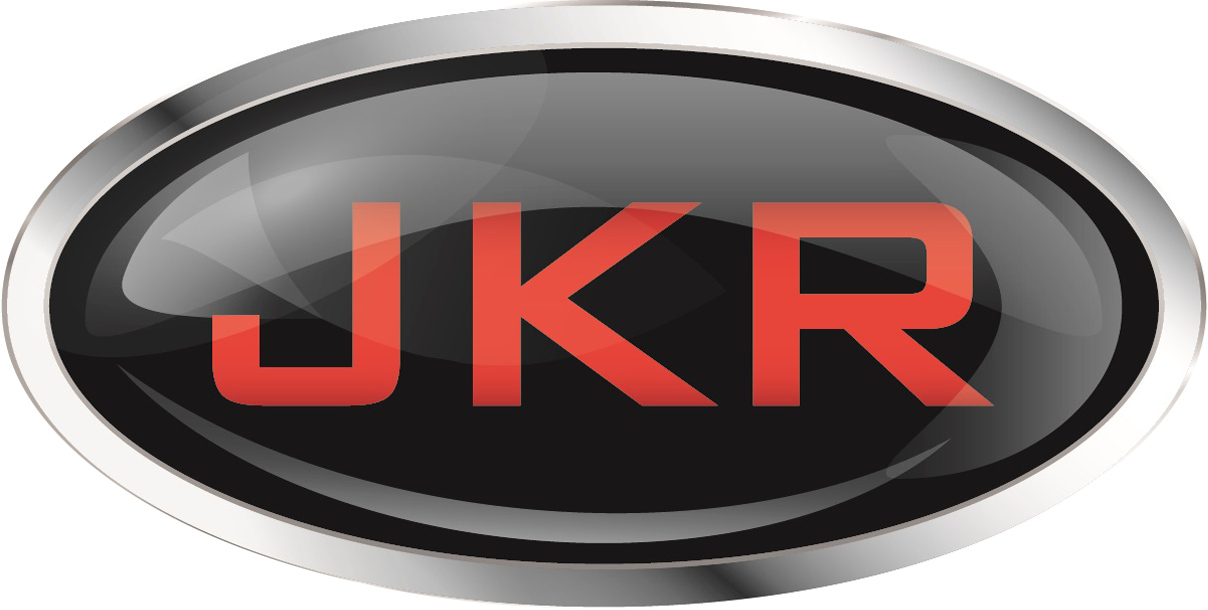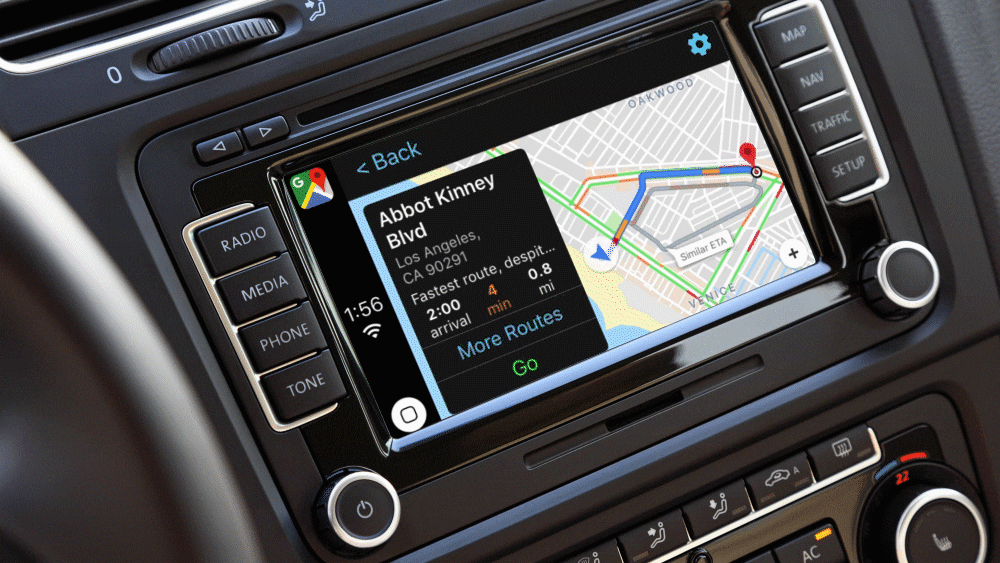 Employee turnover at automobile dealerships is currently running at an almost 40 percent annual clip. Year after year, this number has continued to grow and the issue is especially serious in the sales department. This information comes from a recent Dealership Workforce Study presented by the NADA, the organization representing the interests of dealerships selling new cars and trucks.
Employee turnover at automobile dealerships is currently running at an almost 40 percent annual clip. Year after year, this number has continued to grow and the issue is especially serious in the sales department. This information comes from a recent Dealership Workforce Study presented by the NADA, the organization representing the interests of dealerships selling new cars and trucks.
The topic of employee turnover is always a hot-button issue with car dealers nationwide. Despite the average weekly income for all employees at new-car dealerships rising to more than $1,300, it’s always difficult to retain staff members, especially salespeople who are, ironically, among the highest paid of all. The employee turnover rate with the sales force is so prevalent, nearly half are terminated within 90 days of hire!
There are several reasons for the severity of this staff retention issue. First, some dealerships have the mindset that their salesforce and entry-level people are “expendable” – so if they leave or are fired they’ll just find someone to take their place. Second, many people don’t like the long hours they often find themselves working. For example, even though sales consultants working 50-60 hours per week predictably earn more than their counterparts working 40-45 hours, the extra money doesn’t seem to be worth it to many of them.
Bearing in mind that it costs a great deal of time and money to interview, hire and train new employees, what can be done to help lower this shockingly high employee turnover rate?
∙ For starters, it helps to refrain from having too many people on the sales floor at the same time. If a dealership overstaffs, it can be frustrating for a salesperson who recognizes that the amount of foot traffic isn’t sufficient for everyone to get opportunities to make sales.
∙ Second, take the time to properly train your new employees. Online courses alone are not enough. If they don’t know how to present your products – and themselves – to customers, they won’t be successful.
∙ Third, give them consistent feedback. If you want them to improve, show them you care. Give them the help they need to do their best.
∙ Fourth, be flexible with scheduling wherever possible. This is especially true if you have a younger workforce.
∙ Finally, try your best to create career paths for valuable staff members interested in sticking around for the long haul.
Just as with most other businesses, attracting and retaining the best employees creates an atmosphere that is pleasant and comfortable for customers and staff alike. How does that atmosphere compare to the one you’ve created at your dealership?







